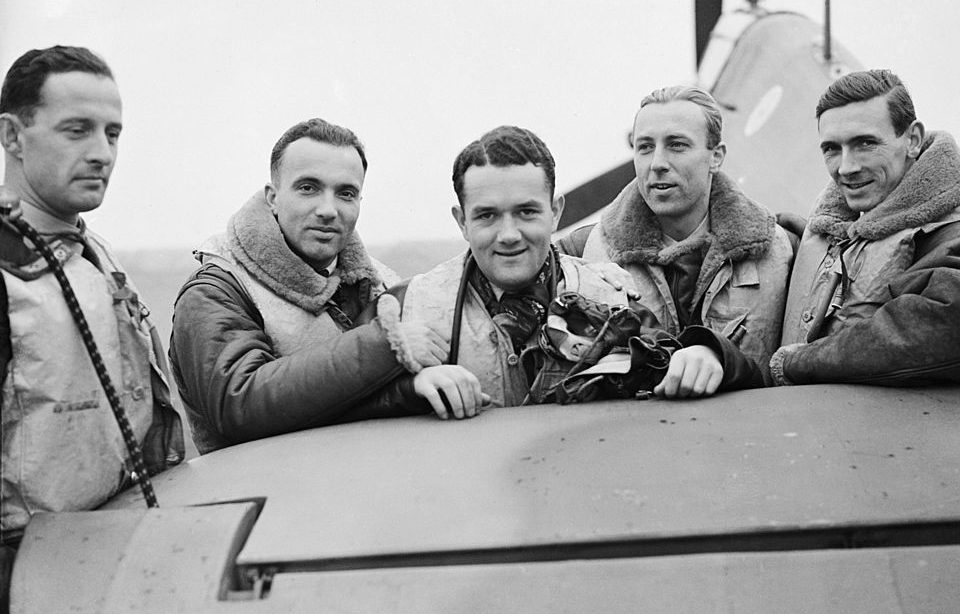At the outset of World War II, the Germans decided to treat Poland like a prize for the taking. What they didn’t realize, however, was that they were creating some of their worst enemies. Here is the story of the No. 303 Squadron RAF, a team of talented Polish aviators intent on revenge against their invaders.
Germany and the USSR invaded Poland during World War II
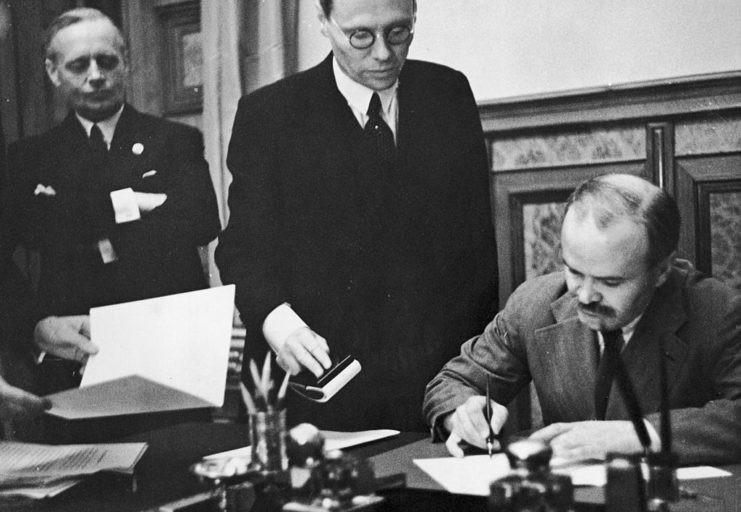
On August 23, 1939, Germany and the Soviet Union signed the Molotov-Ribbentrop Pact. Under the non-aggression agreement, the two powers assented to the partition of Poland. Just a week later, on September 1, Germany invaded Poland, signalling the start of the Second World War. Just over two weeks later, the Russians did the same.
The Polish people fought valiantly, but couldn’t beat back the combined might of the two armies. The Soviets and the Germans eventually settled into the country and occupied it for a number of years. That didn’t mean, however, that Polish citizens weren’t willing to fight back.
Poland had talented and experienced pilots
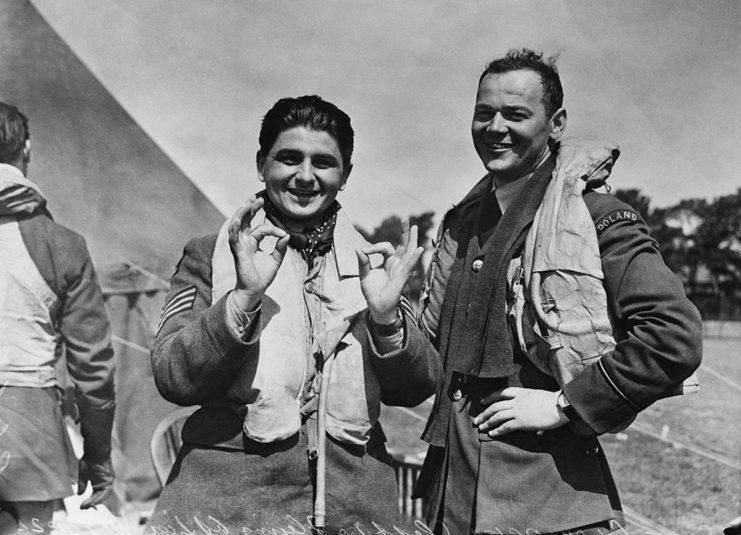
Following Germany’s invasion, Poland moved many of its aircraft to secondary airfields, leading the German Army to believe that the majority had been destroyed. While the country’s pilots didn’t have the greatest planes, they still managed to shoot down a great number of German aircraft.
After it became clear Poland would remain occupied, many pilots escape to France, where they took part in the country’s defense, primarily flying Morane-Saulnier M.S.406s. After the fall of France, during which the Polish pilots were credited with downing 52 enemy aircraft, they moved to Britain, which stood as the last major European country to not yet be captured by the Germans.
These Polish aviators would play a major role in its defense.
Joining the Royal Air Force
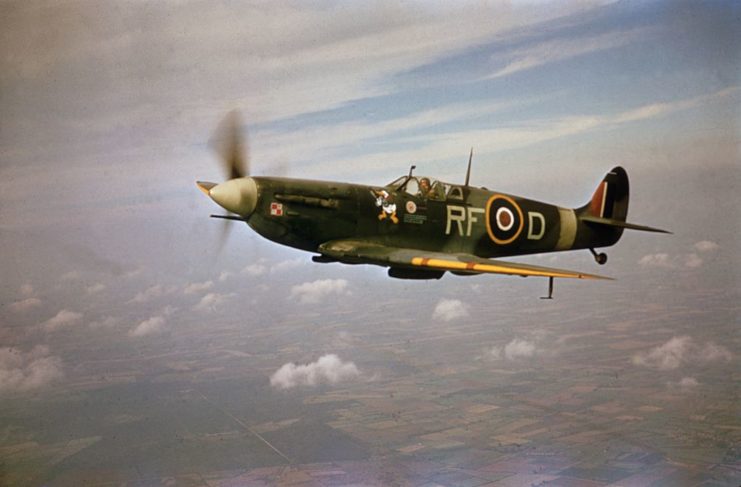
As Britain prepared for its decisive fight against the Germans, it happily welcomed the Polish pilots into its ranks. Initially, four squadrons of airmen were formed: the No. 300, 301, 302 and 303. Many other individual Polish aviators were welcomed into already-formed British units, and as the war went on further Polish squadrons were created.
Both sides benefitted from this partnership. Britain received experienced fighter pilots who were hardened by their time fighting Germany, and the Polish aviators were eager to get revenge on their invaders. While with the Royal Air Force, they flew far more advanced aircraft than the ones they’d previously been accustomed to.
The No. 303 Squadron RAF, nicknamed the “Tadeusz Kościuszko Warsaw Fighter Squadron,” eventually emerged as the most successful of the Polish flying groups. Its original commanding officer was stockbroker-turned-flying ace, S/Ldr Ronald Gustave “RG” Kellett.
The No. 303 Squadron RAF proves its worth
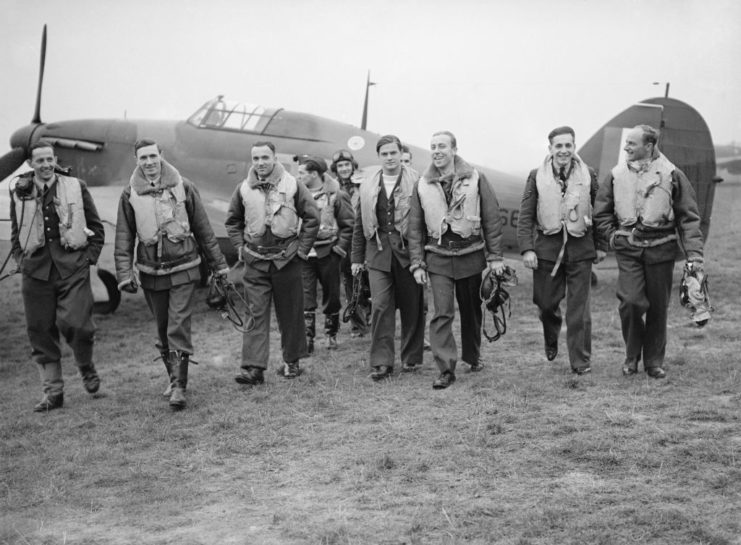
It wasn’t long before the Germans launched the Battle of Britain, during which they aimed to do a tremendous amount of damage from the air. The Polish pilots weren’t familiar with the aircraft or terminology of the RAF, so training was conducted to get them up to speed. Two months after the battle began, the No. 303 Squadron was one of two Polish squadrons to take to the skies, equipped with Hawker Hurricanes.
On their first day, the Polish pilots shot down six Luftwaffe fighters, and over the next week shot down a total of 40. After six weeks in action, the No. 303 Squadron had downed 126 aircraft, and by the end of the battle, which was a stirring victory for the British, its pilots had shot down more aircraft than any other squadron in the RAF.
The No. 303 Squadron’s legacy
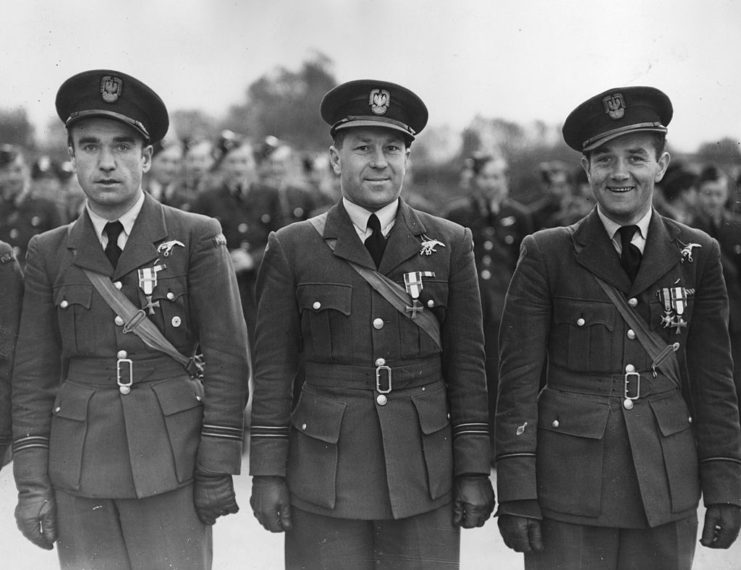
More from us: The Doolittle Bombers Traded Their Tail Guns for Broomsticks
The No. 303 Squadron didn’t stop fighting following the Battle of Britain. The RAF squadron took part in numerous operations throughout the remainder of the war, and eventually moved to flying the Supermarine Spitfire. The squadron was disbanded in December 1946, leaving behind a legacy as the most effective Polish RAF squadron of the conflict.
Hugh Dowling, the head of RAF Air Command, would later say of its pilots, “Had it not been for the magnificent material contributed by the Polish squadrons and their unsurpassed gallantry, I hesitate to say that the outcome of the Battle (of Britain) would have been the same.”
